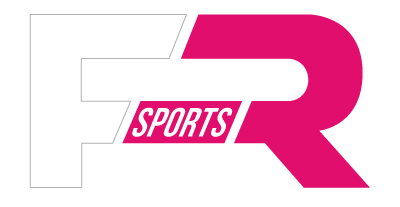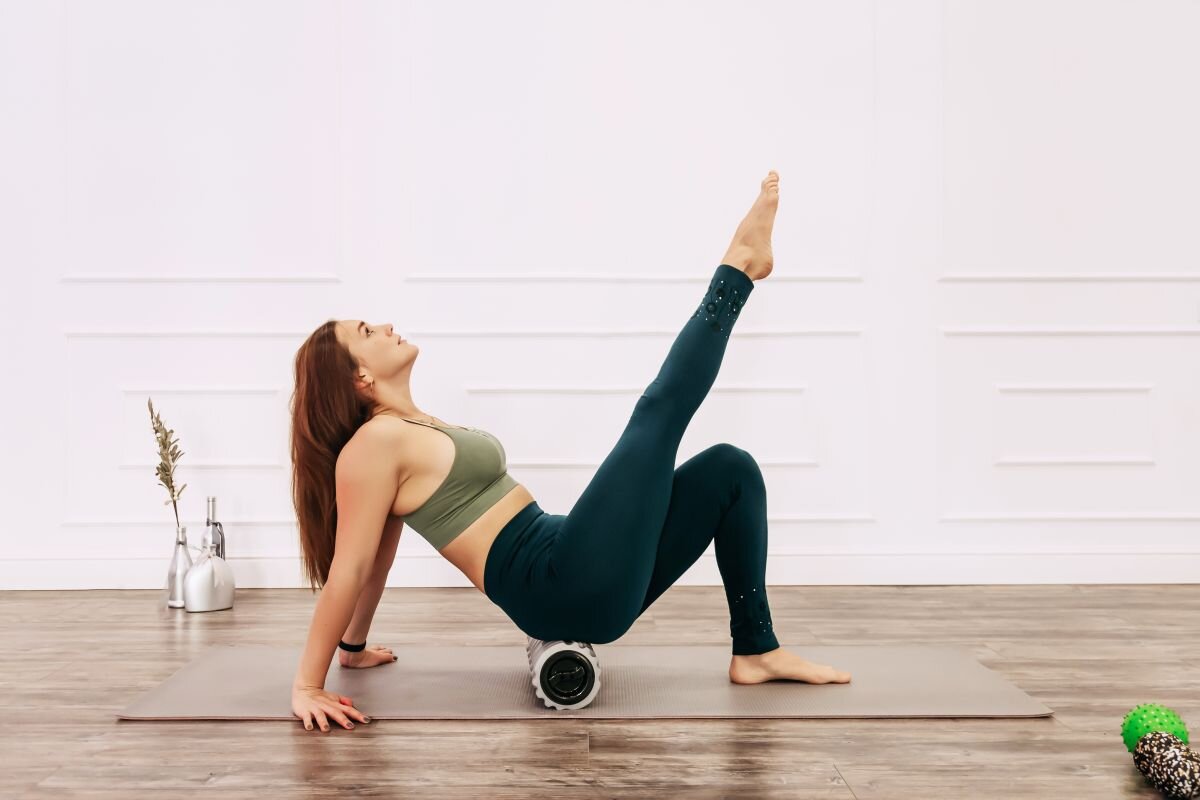Training Tips
Each of my posts starts with gathering source material. I hope that it will be an added value for both you and me, as I hope as a trainer, I will learn something new as well:) Apart from university textbooks and scientific articles on a given topic, I also do some research on the Internet out of curiosity. I was quite surprised when I read that stretching exercises should last a maximum of 15 seconds. And it's done! A strange idea, isn't it?
In the post below, you can read about stretching and flexibility training. I will try to introduce you to:
- the difference between active and passive stretches.
- why we need mobility
- healthy stretching practices.
In the last post, you had a chance to learn how to plan a workout at home, how to go about it and generally get your act together. The quarantine is still in place, and the possibility to do cardio outdoors has (unfortunately) been taken away from us. That is why I want to share some further insights on home training.
Last time I mentioned that motor preparation for aerial training - whether we are talking about silks or - is practically the same. We won’t find enormous differences between the two. If you haven't read the previous post yet, you can find it here: Aerial home training.
As the pandemic continues, many aerial studios and training centres have been temporarily closed. Outdoor physical activity also hasn’t been recommended, due to the latest restrictions.
Remember, though: the official government website GOV.pl states that a one-time trip for sports purposes, with a maximum number of two participants - is allowed and may be treated as fulfilling the essential need to EXERCISE.
Unfortunately, most of us have been deprived of training studios. This does not mean, of course, that we should stop taking care of our fitness and wake up in June with worse ranges of motion or inability to do push-ups. Let's be honest - such a pespective is horrid. Everyone urges us to work out at home, but the question is how to do aerial training at home.
The restrictions are slowly lifted, most of the studios start operating again. I think the quarantine made many of us aware that we need more sleep and rest to work effectively. In today's post you can read about regeneration and athletic recovery. I have already written a bit about regeneration on my Instagram profile. Recently I have been publishing a series of posts on IG, where you can learn more about aerial hoop training. It is the perfect complement to the knowledge I am serving you here. The main difference between regeneration and athletic recovery is that everything that's part of athletic recovery will be considered regeneration… but not everything that's part of regeneration will be athletic recovery. It's hard to say that by having a McDonald's cheeseburger we are recovering, but in many cases it will be treated as part of the regeneration of our day. Don't get me wrong - I am NOT urging anyone to eat fast food. You can read about the regeneration itself on Instagram.
Today, a few words on fascia - one of the key mechanisms in our body. Probably most of you hear about fascia for the first time, and the only association is related to fascia therapy or "detaching the fascia" - slogans heard somewhere between physiotherapy offices.
I will not focus here strictly on fascia training. Designing a fascia training plan is not easy and requires much more specialised knowledge than can be read in a blog post. This entry aims to make everyone involved in aerial acrobatics aware of how our body works. After reading the text, I would like you to have a slightly broader view of how your body works and that your progress is influenced by practically everything you do. Starting with the amount of sleep you get, how much water you drink, how often you use foam rolling equipment, and how often you see a physiotherapist.



